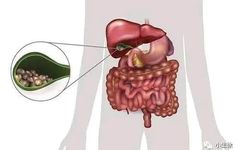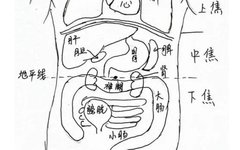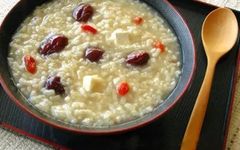The Six Fu Organs in Traditional Chinese Medicine – The Stomach
Click the green label above to listen The Six Fu Organs in Traditional Chinese Medicine – The Stomach The stomach is the organ that holds food in the abdominal cavity. Its shape is curved, connecting above to the esophagus and below to the small intestine. It is responsible for receiving and digesting food and is … Read more










